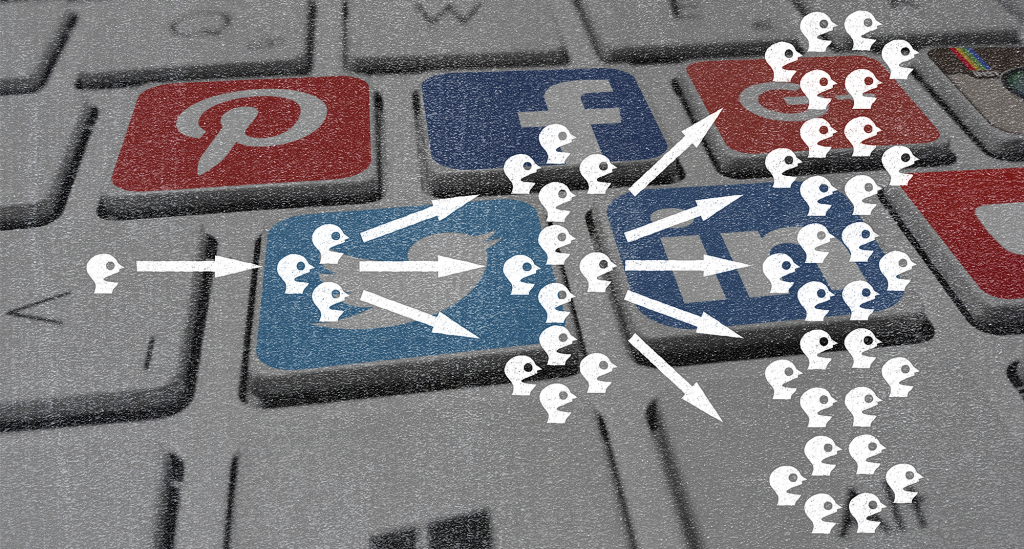
Dynamic pricing and word-of-mouth
We study the problem of optimal dynamic pricing for a monopolist selling a product to consumers in a social network. In the proposed model, the only means of spread of information about the product is via word-of-mouth communication; consumers’ knowledge of the product is only through friends who already know about the product’s existence. Both buyers and nonbuyers contribute to information diffusion, while buyers are more likely to spread the news about the product. By analyzing the structure of the underlying endogenous dynamic process, we show that the optimal dynamic pricing policy for durable products with zero or negligible marginal cost drops the price to zero infinitely often. The firm uses free offers to attract low-valuation agents and to get them more engaged in the spread. As a result, the firm can reach potential high-valuation consumers in parts of the network that would otherwise remain untouched without the price drops. We provide evidence for this behavior from the smartphone app market, where price histories indicate frequent zero-price sales. Moreover, we show that despite dropping the price to zero infinitely often, the optimal price trajectory does not get trapped near zero. We demonstrate the validity of our results in the face of forward-looking consumers and homophily in word-of-mouth engagement. We further unravel the key role of the product type in the optimality of zero-price sales by showing that the price fluctuations disappear after a finite time for a nondurable product.
A. Ajorlou, A. Kakhbod, and A. Jadbabaie, Dynamic Pricing in Social Networks: The Word of Mouth Effect. Management Science, vol. Vol. 64, No. 2, February 2018, pp. 971–979.
Sales-based aggregate rebate design
Firms offering network products and services can enjoy a free gain in their profit, since they can charge a higher price when the product reaches certain level of popularity in the market. Motivated by this observation, we pose the question as to whether it is beneficial to a firm selling a product with no (or weak) network effect to artificially inject externality? We consider a firm selling an indivisible product to a mass of consumers with uncertain heterogeneous valuations. To artificially induce externality, we propose and analyze an aggregate reward program where the reward paid to the consumers is a function of the aggregate size of the buyers. This induces a global game among the consumers where purchase decisions are conditioned on the offered price and reward program, private valuations, and a common public belief on the uncertainty in the valuations. By analyzing the equilibria of the game, we show that introducing positive externality via an increasing aggregate reward program is indeed harmful to the profit. On the other hand, for any decreasing nonconstant reward program, the seller can adjust the price such that the joint price-reward program is profitable. In particular, the amount of reward (or rebate) for the optimal program can be as high as a full refund if the product fails to reach certain level of popularity. The intriguing power of an aggregate reward program lies in its capacity to discriminate the expected net price over consumer valuations. A carefully designed aggregate reward program can hence charge the buyers with higher valuations at a higher rate, unlike a fixed posted price.
A. Ajorlou and A. Jadbabaie. Sales-based Aggregate Rebate Design. Working Paper, 2018
Optimal contracting in social networks
We investigate optimal contracts between a firm selling a divisible good that exhibits positive externality and a group of agents in a social network. The extent of externality that each agent receives from the consumption of neighboring agents is privately held and is unknown to the firm. By explicitly characterizing the optimal multilateral contract, we demonstrate how inefficiency in one agent’s trade propagates through the network and creates unequal and network-dependent downward distortion in other agents’ trades. We also explicitly describe bilateral contracts (i.e., the non-linear pricing) and characterize their explicit dependence on the network structure. We show that firm will benefit from uncertainty in agents’ valuation of other agent’s externality. We further elucidate the profit gap between multilateral and bilateral contracts and analyze the consequences of the explicit dependence of the contracts on network structure. When the network is balanced in terms of homogeneity of agents’ influence, network structure has no impact on the firm’s profit when contracts are bilateral. On the other hand, when the influences are heterogeneous with high dispersion (as in core-periphery networks) the restriction to bilateral contracts can result in profit losses that grow unboundedly with the size of networks.
A. Jadbabaie and A. Kakhbod. Optimal contracting in Networks. Journal of Economic Theory, Volume 183, September 2019, Pages 1094-1153